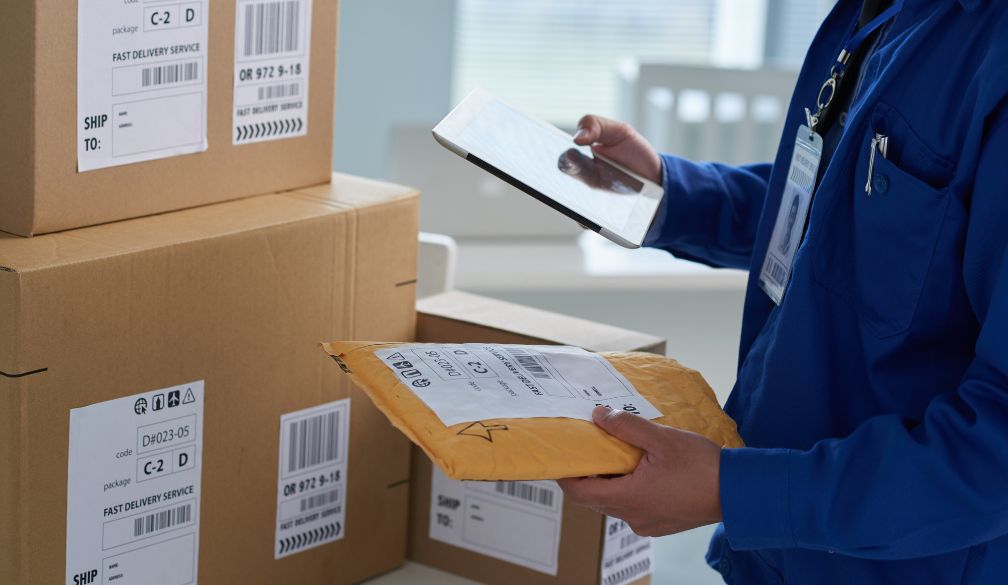How To Cut Your Customs Clearance Costs
- Written by Business Daily Media

One of the best ways to reduce customs clearance costs is to have a solid understanding of the regulations and requirements for importing or exporting goods. This includes knowing the applicable tariffs, duties, and taxes that may apply to your products, as well as any necessary permits, licenses, or certifications required for your industry or specific product. This is why you should hire a good customs clearing agent. This will help you avoid costly mistakes and delays at customs that could hurt your supply chain.
Understand the regulations and requirements
One of the best ways to reduce customs clearance costs is to have a solid understanding of the regulations and requirements for importing or exporting goods. This includes knowing the applicable tariffs, duties, and taxes that may apply to your products, as well as any necessary permits, licenses, or certifications required for your industry or specific product. This will help you avoid costly mistakes and delays at customs that could hurt your supply chain.
Streamline your supply chain
Another way to cut customs clearance costs is to streamline your supply chain. Yes, you need to work with trusted suppliers and logistics providers to ensure that your products are shipped efficiently and on time. The idea is to try and reduce the number of intermediaries involved in your supply chain. This way, you can reduce the risk of delays and errors, which can result in additional costs at customs.
A good customs broker will help to reduce customs clearance costs by providing expert guidance and support throughout the process. Customs brokers have extensive knowledge of customs regulations and requirements, as well as the necessary permits and paperwork required for specific products and industries. The broker will thus help you to navigate complex customs procedures and regulations, which can save time and reduce the risk of costly mistakes.
You could also use consolidating shipments which tend to be more cost-effective, thus it could help to reduce overall shipping costs.
Get the correct tariff classification
Getting the correct tariff classification is crucial for businesses involved in international trade, as it determines the applicable customs duties and taxes. Failing to correctly classify goods can result in overpayment or underpayment of customs duties, which can lead to financial losses and potential legal issues.
Again, it may be necessary to consult with experts, such as customs brokers or tariff classification specialists. These experts have the knowledge and experience to accurately classify goods and can provide guidance on any specific regulations or requirements that may apply.
Take advantage of tax and duty refunds
Duty drawback is one avenue where businesses can recover customs duties paid on imported goods that are subsequently exported. The program aims to support businesses engaged in international trade by reducing their costs and making them more competitive in global markets.
Well, you ought to meet certain eligibility requirements and follow specific procedures, including submitting a claim to the relevant government agency. Frankly,navigating duty drawback claims process can be complex and time-consuming. However, with the help of a customs broker or duty refund specialist, you can streamline the process and maximize your refunds!
You use this strategy to cut on custom costs, improve your cash flow, and gain a competitive advantage in the global marketplace
Use the right technology
The right technology will also make it easier than ever to manage customs clearance costs. For example, you can use automated customs clearance systems to help to reduce the time and costs associated with manual processing. These systems can also help to reduce errors and ensure compliance with regulations, which can help to avoid penalties and additional costs. Additionally, using technology to track and manage your supply chain can help to identify inefficiencies and areas for improvement, which can lead to cost savings over time.
Take advantage of trade agreements
Trade agreements can offer significant cost savings for businesses that import or export goods. For example, the North American Free Trade Agreement (NAFTA) offers reduced tariffs and other benefits for goods traded between the United States, Canada, and Mexico. Similarly, the Trans-Pacific Partnership (TPP) offers reduced tariffs for goods traded between participating countries in the Asia-Pacific region. By understanding and taking advantage of these trade agreements, businesses can reduce customs clearance costs and improve their competitiveness in the global market.
Wrapping up
Don’t let customs clearance costs bloat up your export/import business expenses. Try to find ways to cut your customs clearance costs by implementing measures as a business and working with professionals like custom brokers and duty drawback specialists to help streamline your supply chain and lower your custom expenses.







